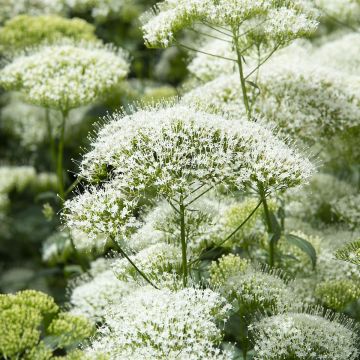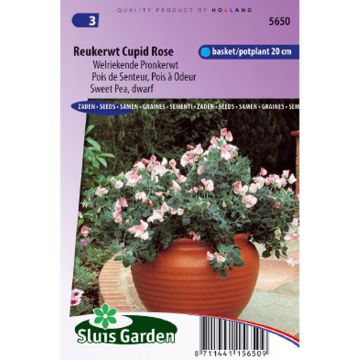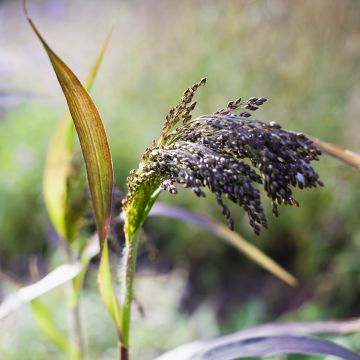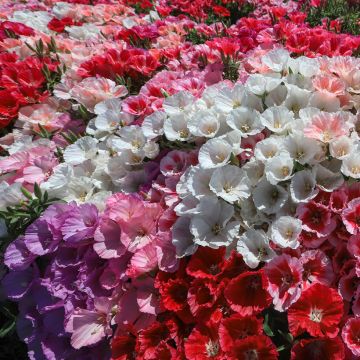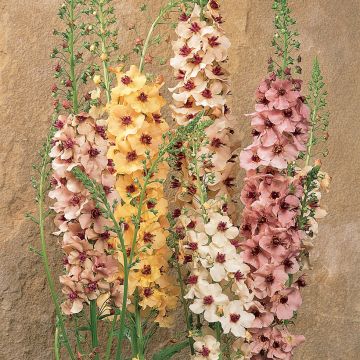Shipping country and language
Your country of residence may be:
Your country of residence is:
For a better user experience on our website, you can select:
Your shipping country:
-
Andorra
-
Austria
-
Belgium
-
Bulgaria
-
Canada
-
Chile
-
Croatia
-
Cyprus
-
Czechia
-
Denmark
-
Estonia
-
Finland
-
France
-
Germany
-
Greece
-
Hungary
-
Iceland
-
Ireland
-
Italy
-
Latvia
-
Lithuania
-
Luxembourg
-
Malta
-
Monaco
-
Netherlands
-
Poland
-
Portugal
-
Romania
-
Slovakia
-
Slovenia
-
Spain
-
Sweden
-
Switzerland
-
United Kingdom
We only deliver seed and bulb products to your country. If you add other products to your basket, they cannot be shipped.
Language:
-
French
-
German
-
Spanish
-
English
-
Italian
My Account
Hello
My wish lists
Log in / Register
Existing customer?
New customer?
Create an account to track your orders, access our customer service and, if you wish, make the most of our upcoming offers.


Trachelium caeruleum Black Knight
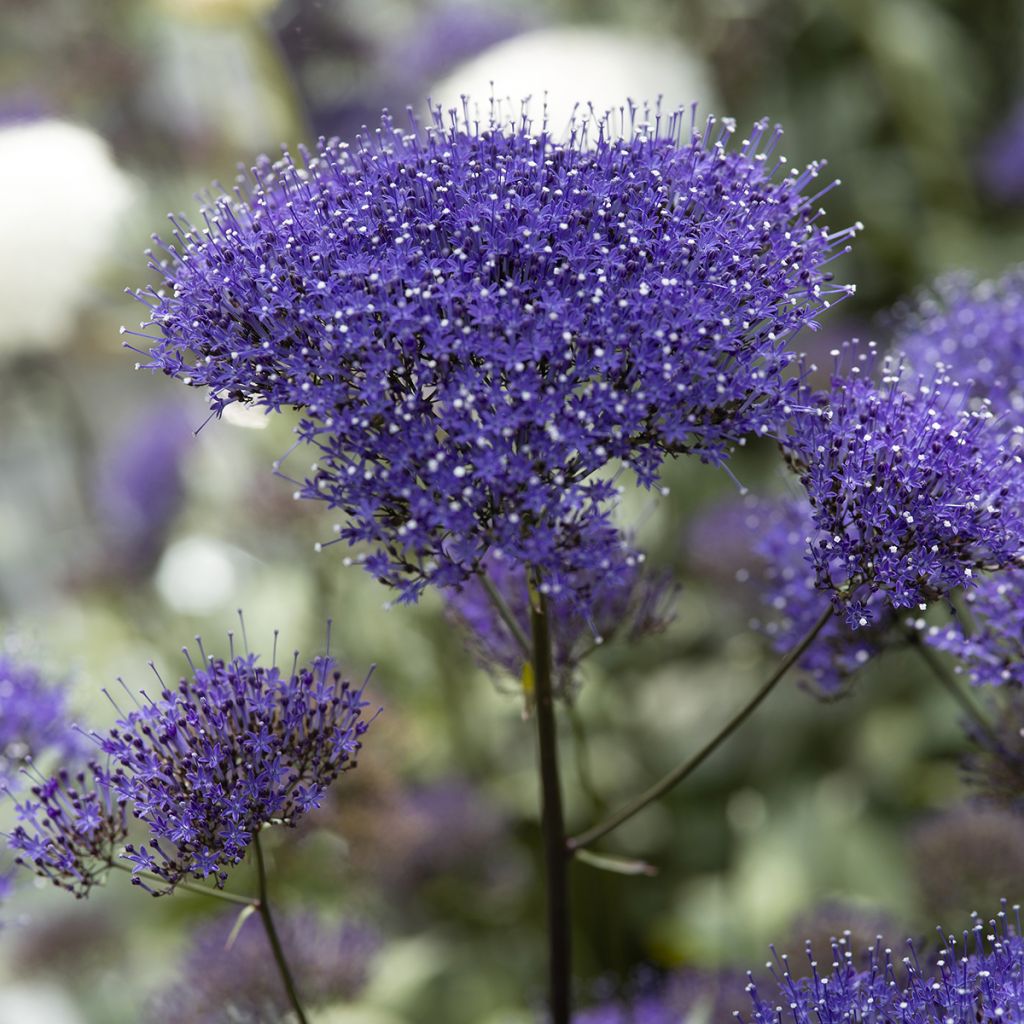

Trachelium caeruleum Black Knight
Trachelium caeruleum Black Knight
Trachelium caeruleum Black Knight
Blue Throatwort, Blue Lace, throatwort
Order in the next for dispatch today!
Dispatch by letter from 3,90 €.
Delivery charge from 5,90 € Oversize package delivery charge from 6,90 €.
More information
This item is not available in your country.
Shipping country:
-
Andorra
-
Austria
-
Belgium
-
Bulgaria
-
Canada
-
Chile
-
Croatia
-
Cyprus
-
Czechia
-
Denmark
-
Estonia
-
Finland
-
France
-
Germany
-
Greece
-
Hungary
-
Iceland
-
Ireland
-
Italy
-
Latvia
-
Lithuania
-
Luxembourg
-
Malta
-
Monaco
-
Netherlands
-
Poland
-
Portugal
-
Romania
-
Slovakia
-
Slovenia
-
Spain
-
Sweden
-
Switzerland
-
United Kingdom
Schedule delivery date,
and select date in basket
This plant carries a 6 months recovery warranty
More information
We guarantee the quality of our plants for a full growing cycle, and will replace at our expense any plant that fails to recover under normal climatic and planting conditions.
Seed-only orders are dispatched by sealed envelope. The delivery charge for seed-only orders is 3,90 €.
Would this plant suit my garden?
Set up your Plantfit profile →
Description
The Trachelium caeruleum 'Black Knight' deserves to be more widely used for its beautiful dark colour of vegetation and its very long scented flowering in large violet umbels. A perennial in Mediterranean regions, but moderately hardy, this relative of bellflowers is capable of flowering in the year of sowing. This allows it to be used as an annual in less favorable climates. From early summer until the first frosts, this plant produces superb inflorescences that are constantly visited by butterflies and pollinating insects. Planted between the stones of a rockery or a wall, or scattered here and there in flower beds, it forms clouds of unusual colour. It can also be grown in pots and its cut flowers are prized in bouquets. Once well established in the ground, the Trachelium caeruleum can withstand dry summers.
The Trachelium caeruleum 'Black Knight' belongs to the family of campanulaceae. It is a horticultural selection derived from the blue Trachelium, from which it differs by its darker stems, foliage, and flowers. The original species, with blue flowers, is native to southern Europe and North Africa. In Europe it grows on rocky limestone soils, cliffs, and between the stones of old slightly damp walls. Generally grown as an annual, its stump can withstand -10/-12 °C (14/10.4°F) in dry soil. The foliage may partially persist in mild winters. Otherwise, the stems die and re-form in the following spring. It is particularly susceptible to cold and wet weather.
The Trachelium caeruleum forms a clump of angular stems, abundantly leafy, which branch out and lignify at the base over time. The whole measures about 50 cm (20in) in height and 40 cm (16in) in width, depending on growing conditions. The leaves are lanceolate in shape, with serrated margins. In the 'Black Knight' cultivar, the stems are almost black-purple, the leaves are veined with violet on a shiny dark green background, and their undersides are also tinged with violet. Flowering begins in May-June in the south, and in June-July further north. If the soil remains slightly moist and spent flowers are regularly removed, it continuously blooms until October. In our very dry Mediterranean regions in summer, flowering dwindles in July-August and resumes with the return of rain. The corymb-shaped inflorescences, measuring 10 to 15 cm (4 to 6in) wide, are composed of numerous tiny tubular flowers with 5 spreading lobes. The flowers emit a sweet vanilla fragrance and are nectariferous. After pollination by insects, small pear-shaped fruits containing very fine seeds are formed, which spontaneously reseed in dry stone walls or rocky soils. Plants grown from seeds may not be identical to the parent plant.
The Trachelium caeruleum 'Black Knight' will be wonderful in perennial beds, rockeries, on or in walls, in a wild garden, or in pots. This extraordinary plant softens heavy flowering, and is a perfect complement to medium-sized grasses and asters. For example, it can be associated with Alstroemerias, Chinese peonies, and old roses, both in the garden and in a vase. In a Mediterranean garden without watering, let it self-seed wherever it pleases, it will bloom on the stones even in the shade, alongside the ivy-leaved toadflax (Cymbalaria muralis) or the wall rue Asplenium ceterach. Try to grow some of these plants in large pots that you store in a greenhouse or orangery, they will grow sheltered and produce a splendid effect!
Bouquet tip: flowers should be picked when they are 75% open, the stems trimmed, and quickly placed in water. They will last for 10 to 14 days.
Report an error about the product description
Trachelium caeruleum Black Knight in pictures


Flowering
Foliage
Plant habit
Botanical data
Trachelium
caeruleum
Black Knight
Campanulaceae
Blue Throatwort, Blue Lace, throatwort
Mediterranean
Other Blue throatwort seeds - Trachelium
Planting and care
Sowing:
The seeds of Trachelium caeruleum are extremely fine.
For best results, sow the seeds in a soil-based compost or a special seed compost, low in peat and well moistened. Cover the seeds with a thin layer of fine sand or vermiculite. Light promotes germination. Water your tray from below so as not to disturb the seeds: use a tray or saucer that you regularly fill with water.
Sowing can be done at any time, although germination is faster if the seeds are kept at 15 to 20°C (59 to 68°F). Germination will occur in 30 days at 20°C (68°F). In an unheated greenhouse, many seeds wait for spring before emerging, regardless of when they were sown. The seedlings are tiny and take a little longer to start. When they are developed enough to be handled, you can individually transplant them into pots where they will quickly strengthen.
Spring sowing obviously allows the plants to benefit from a long period favorable to growth and flowering, which often occurs in the first year of cultivation. In colder climates, young plants will be overwintered in small pots indoors to be planted in spring after the last frost.
In mild climates (Mediterranean, Atlantic coast), you can sow directly in the ground in autumn, in well-dug and well-drained soil, on the surface.
Cultivation:
Trachelium caeruleum grows in any well-drained soil, even limestone, in the sun (not scorching) or in partial shade. In the south, it prefers shaded exposures in the afternoon. Once well rooted in the ground, this plant withstands summer drought well. Better results are obtained in garden soil mixed with a bit of compost. This plant is less fond of pure compost, especially if it is peaty. You can also plant it in a pocket of compost/soil between the stones of a rockery or an old wall. Water occasionally to ensure establishment, then forget about your plant.
Usually grown as an annual, Trachelium caeruleum can withstand brief frosts of -10/-12°C (14/10.4°F) if the soil is very well-drained, almost dry. It mainly fears wet cold.
Regularly remove faded flowers, this extends the flowering period. But to harvest seeds and hope for spontaneous sowing in the garden, it is necessary to leave at least one umbel to form its seeds.
Sowing period
Intended location
This item has not been reviewed yet - be the first to leave a review about it.
Flower seeds
Haven't found what you were looking for?
Hardiness is the lowest winter temperature a plant can endure without suffering serious damage or even dying. However, hardiness is affected by location (a sheltered area, such as a patio), protection (winter cover) and soil type (hardiness is improved by well-drained soil).

Photo Sharing Terms & Conditions
In order to encourage gardeners to interact and share their experiences, Promesse de fleurs offers various media enabling content to be uploaded onto its Site - in particular via the ‘Photo sharing’ module.
The User agrees to refrain from:
- Posting any content that is illegal, prejudicial, insulting, racist, inciteful to hatred, revisionist, contrary to public decency, that infringes on privacy or on the privacy rights of third parties, in particular the publicity rights of persons and goods, intellectual property rights, or the right to privacy.
- Submitting content on behalf of a third party;
- Impersonate the identity of a third party and/or publish any personal information about a third party;
In general, the User undertakes to refrain from any unethical behaviour.
All Content (in particular text, comments, files, images, photos, videos, creative works, etc.), which may be subject to property or intellectual property rights, image or other private rights, shall remain the property of the User, subject to the limited rights granted by the terms of the licence granted by Promesse de fleurs as stated below. Users are at liberty to publish or not to publish such Content on the Site, notably via the ‘Photo Sharing’ facility, and accept that this Content shall be made public and freely accessible, notably on the Internet.
Users further acknowledge, undertake to have ,and guarantee that they hold all necessary rights and permissions to publish such material on the Site, in particular with regard to the legislation in force pertaining to any privacy, property, intellectual property, image, or contractual rights, or rights of any other nature. By publishing such Content on the Site, Users acknowledge accepting full liability as publishers of the Content within the meaning of the law, and grant Promesse de fleurs, free of charge, an inclusive, worldwide licence for the said Content for the entire duration of its publication, including all reproduction, representation, up/downloading, displaying, performing, transmission, and storage rights.
Users also grant permission for their name to be linked to the Content and accept that this link may not always be made available.
By engaging in posting material, Users consent to their Content becoming automatically accessible on the Internet, in particular on other sites and/or blogs and/or web pages of the Promesse de fleurs site, including in particular social pages and the Promesse de fleurs catalogue.
Users may secure the removal of entrusted content free of charge by issuing a simple request via our contact form.
The flowering period indicated on our website applies to countries and regions located in USDA zone 8 (France, the United Kingdom, Ireland, the Netherlands, etc.)
It will vary according to where you live:
- In zones 9 to 10 (Italy, Spain, Greece, etc.), flowering will occur about 2 to 4 weeks earlier.
- In zones 6 to 7 (Germany, Poland, Slovenia, and lower mountainous regions), flowering will be delayed by 2 to 3 weeks.
- In zone 5 (Central Europe, Scandinavia), blooming will be delayed by 3 to 5 weeks.
In temperate climates, pruning of spring-flowering shrubs (forsythia, spireas, etc.) should be done just after flowering.
Pruning of summer-flowering shrubs (Indian Lilac, Perovskia, etc.) can be done in winter or spring.
In cold regions as well as with frost-sensitive plants, avoid pruning too early when severe frosts may still occur.
The planting period indicated on our website applies to countries and regions located in USDA zone 8 (France, United Kingdom, Ireland, Netherlands).
It will vary according to where you live:
- In Mediterranean zones (Marseille, Madrid, Milan, etc.), autumn and winter are the best planting periods.
- In continental zones (Strasbourg, Munich, Vienna, etc.), delay planting by 2 to 3 weeks in spring and bring it forward by 2 to 4 weeks in autumn.
- In mountainous regions (the Alps, Pyrenees, Carpathians, etc.), it is best to plant in late spring (May-June) or late summer (August-September).
The harvesting period indicated on our website applies to countries and regions in USDA zone 8 (France, England, Ireland, the Netherlands).
In colder areas (Scandinavia, Poland, Austria...) fruit and vegetable harvests are likely to be delayed by 3-4 weeks.
In warmer areas (Italy, Spain, Greece, etc.), harvesting will probably take place earlier, depending on weather conditions.
The sowing periods indicated on our website apply to countries and regions within USDA Zone 8 (France, UK, Ireland, Netherlands).
In colder areas (Scandinavia, Poland, Austria...), delay any outdoor sowing by 3-4 weeks, or sow under glass.
In warmer climes (Italy, Spain, Greece, etc.), bring outdoor sowing forward by a few weeks.
